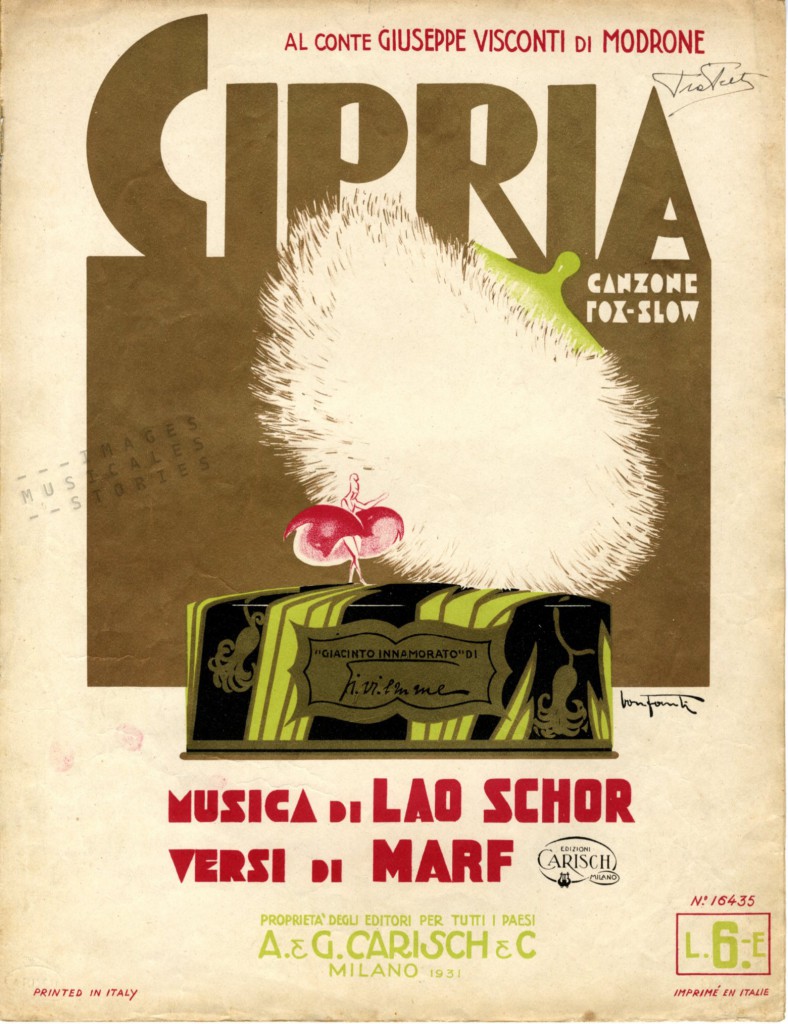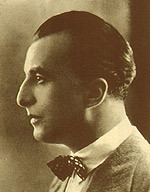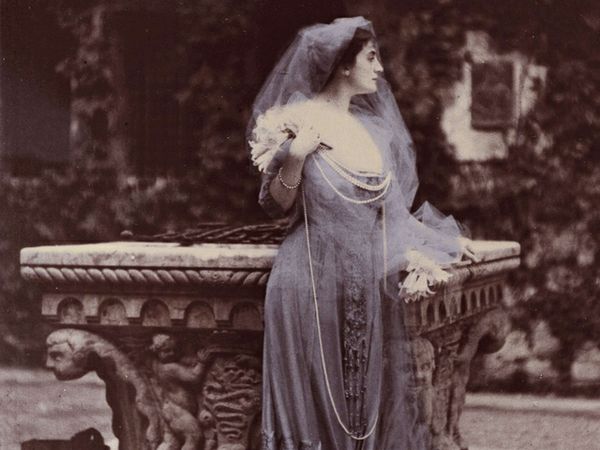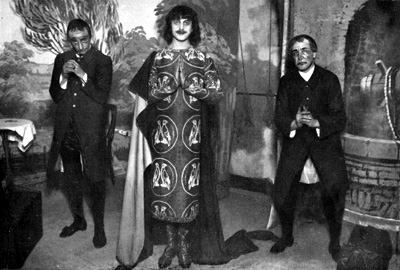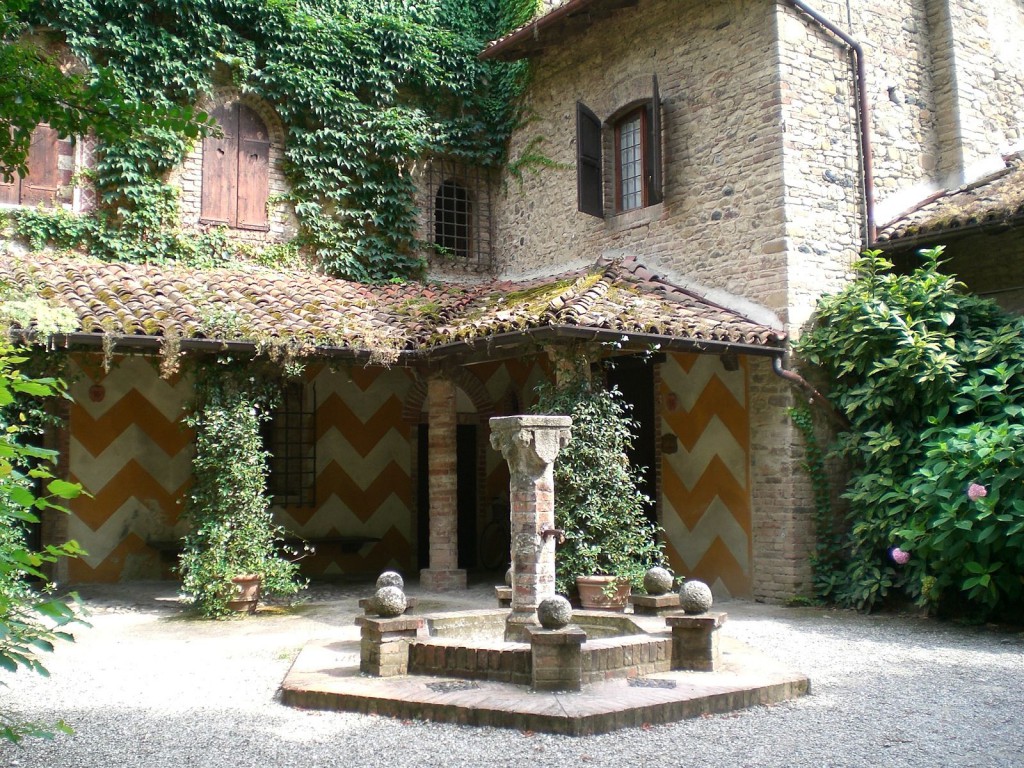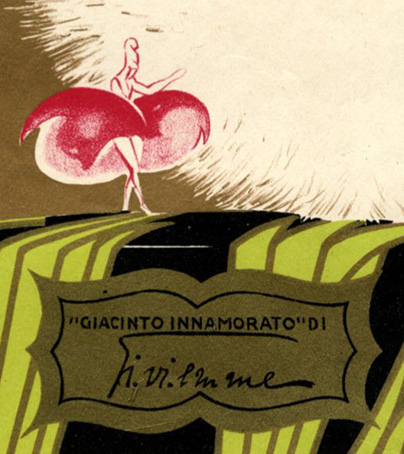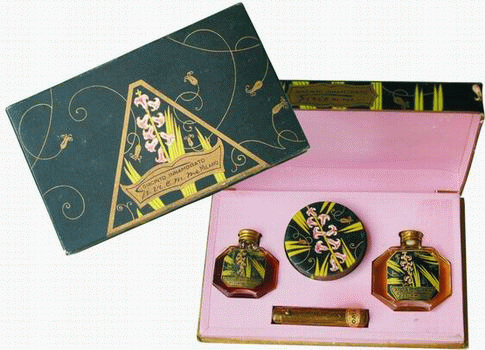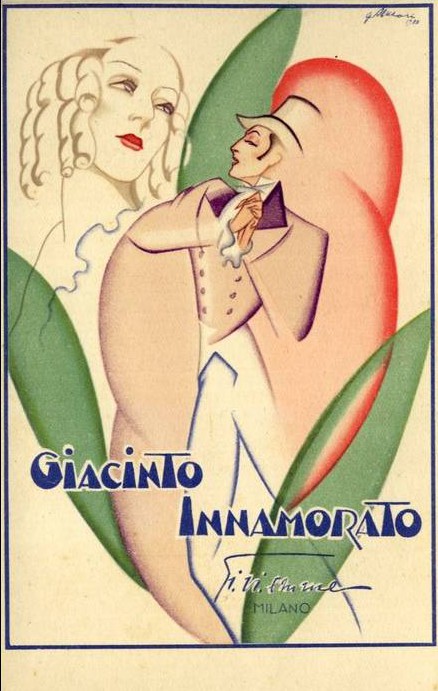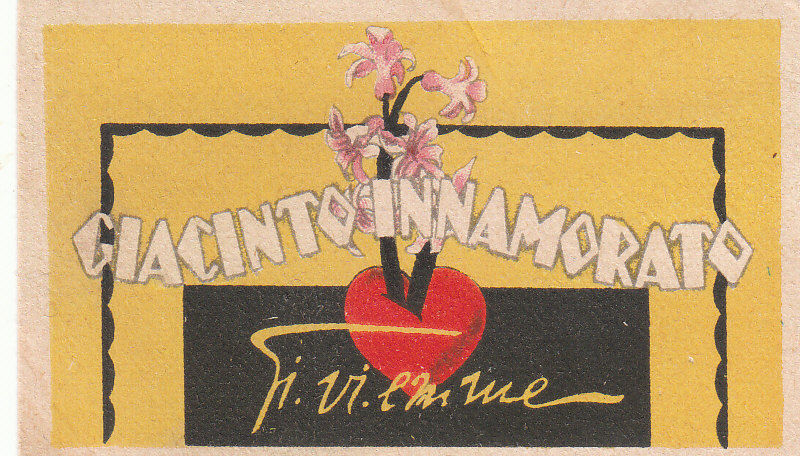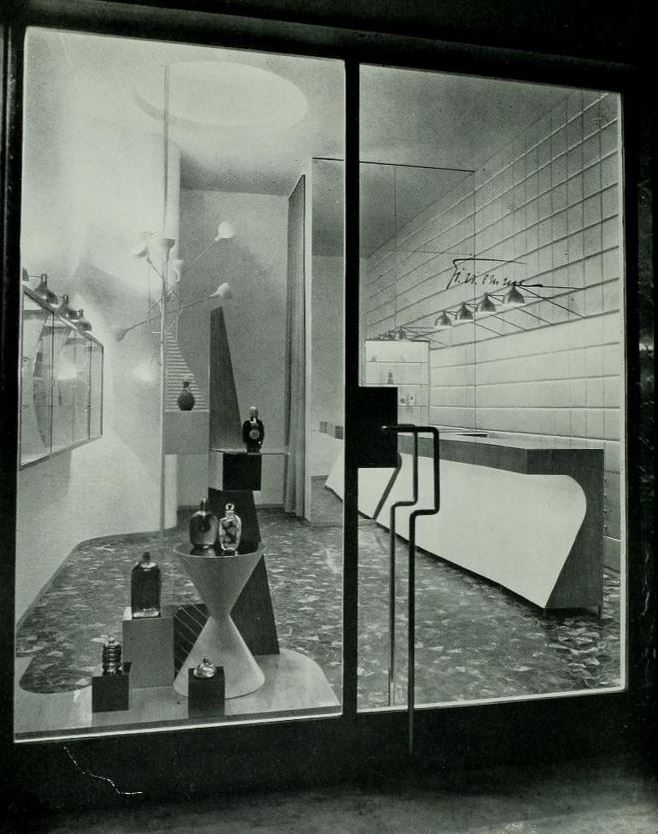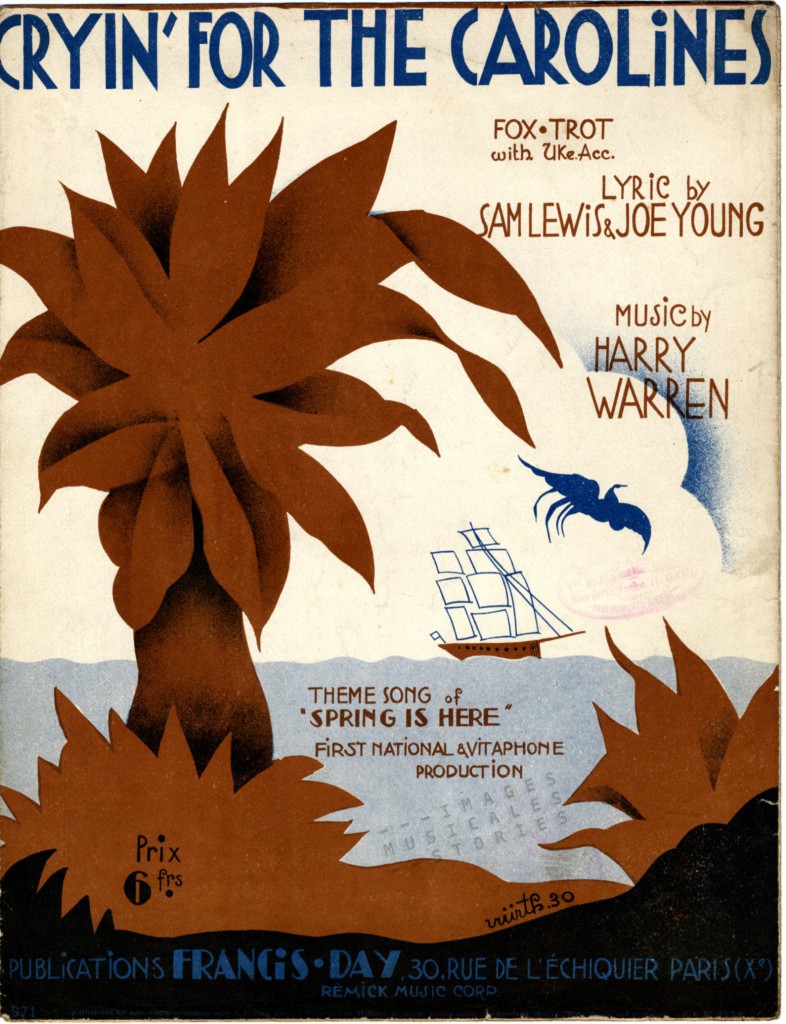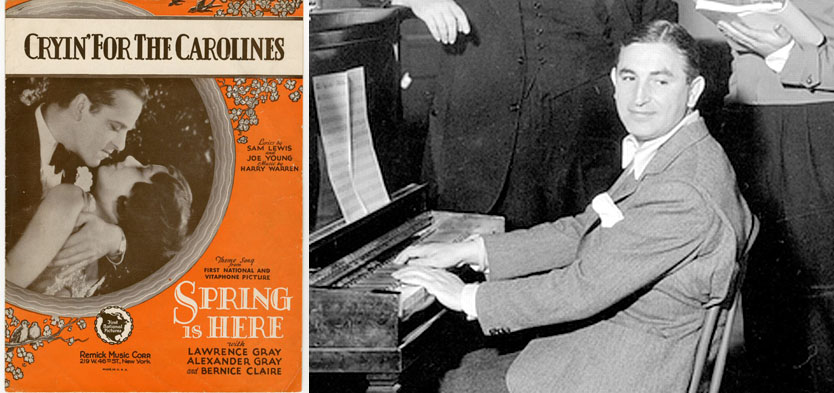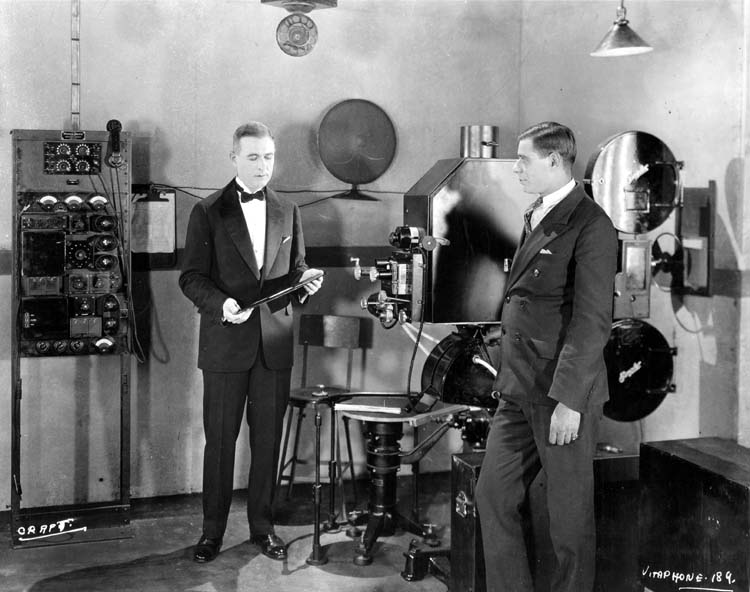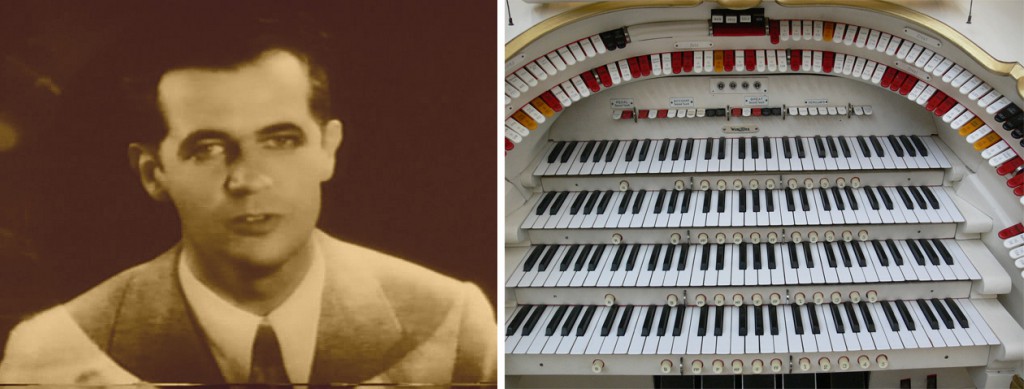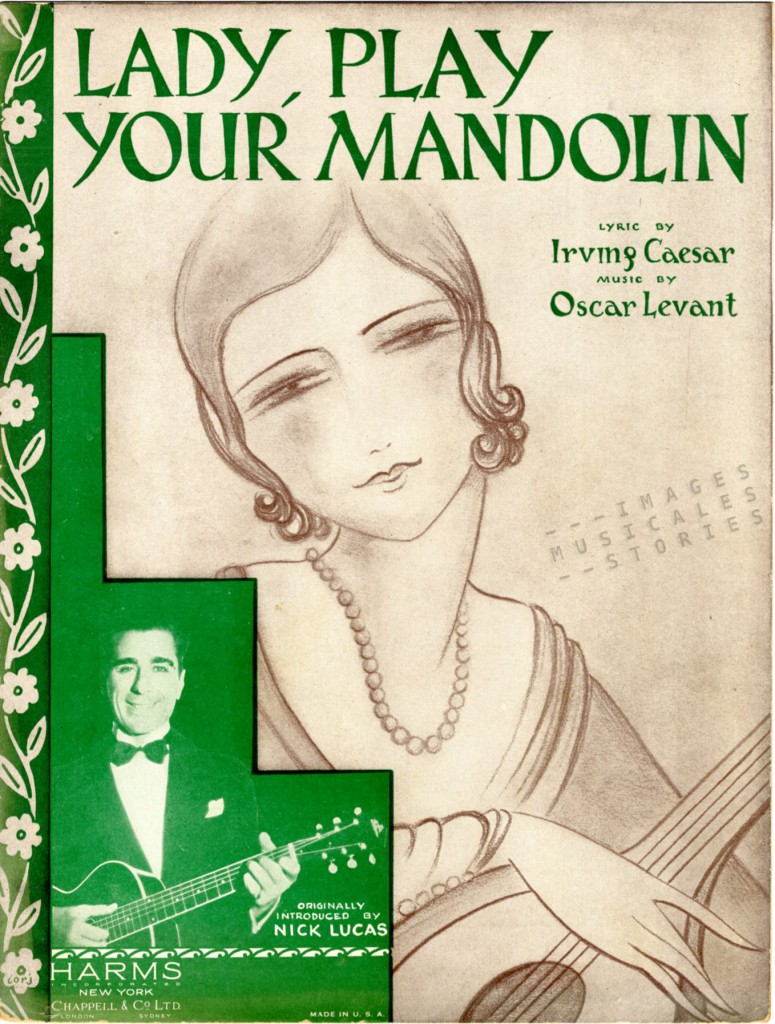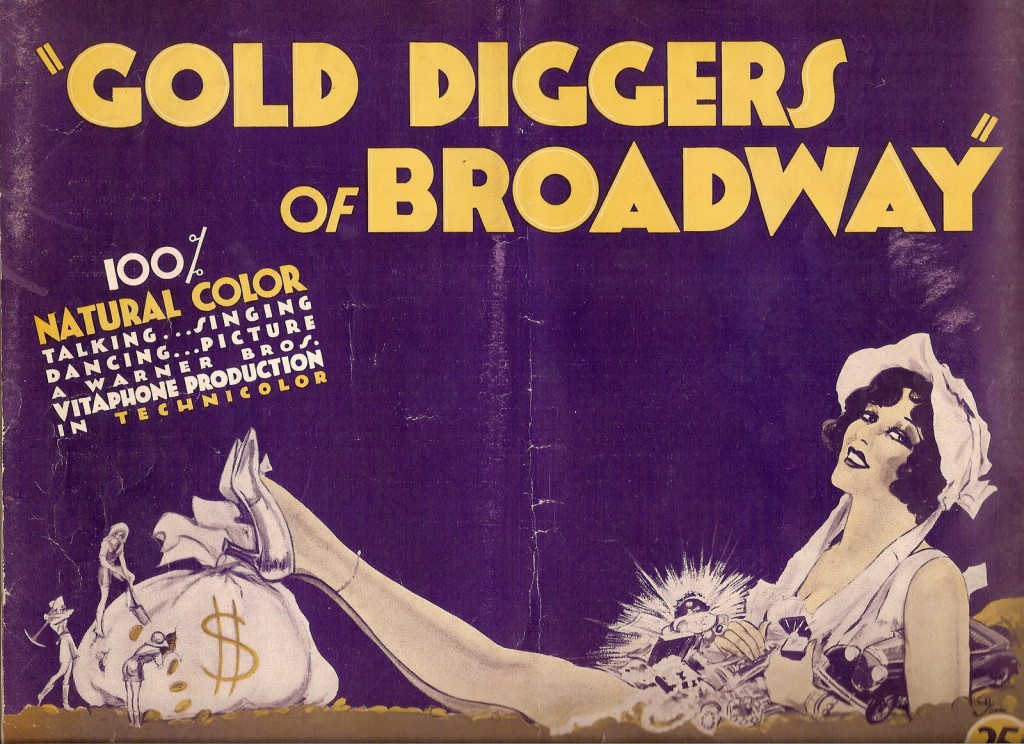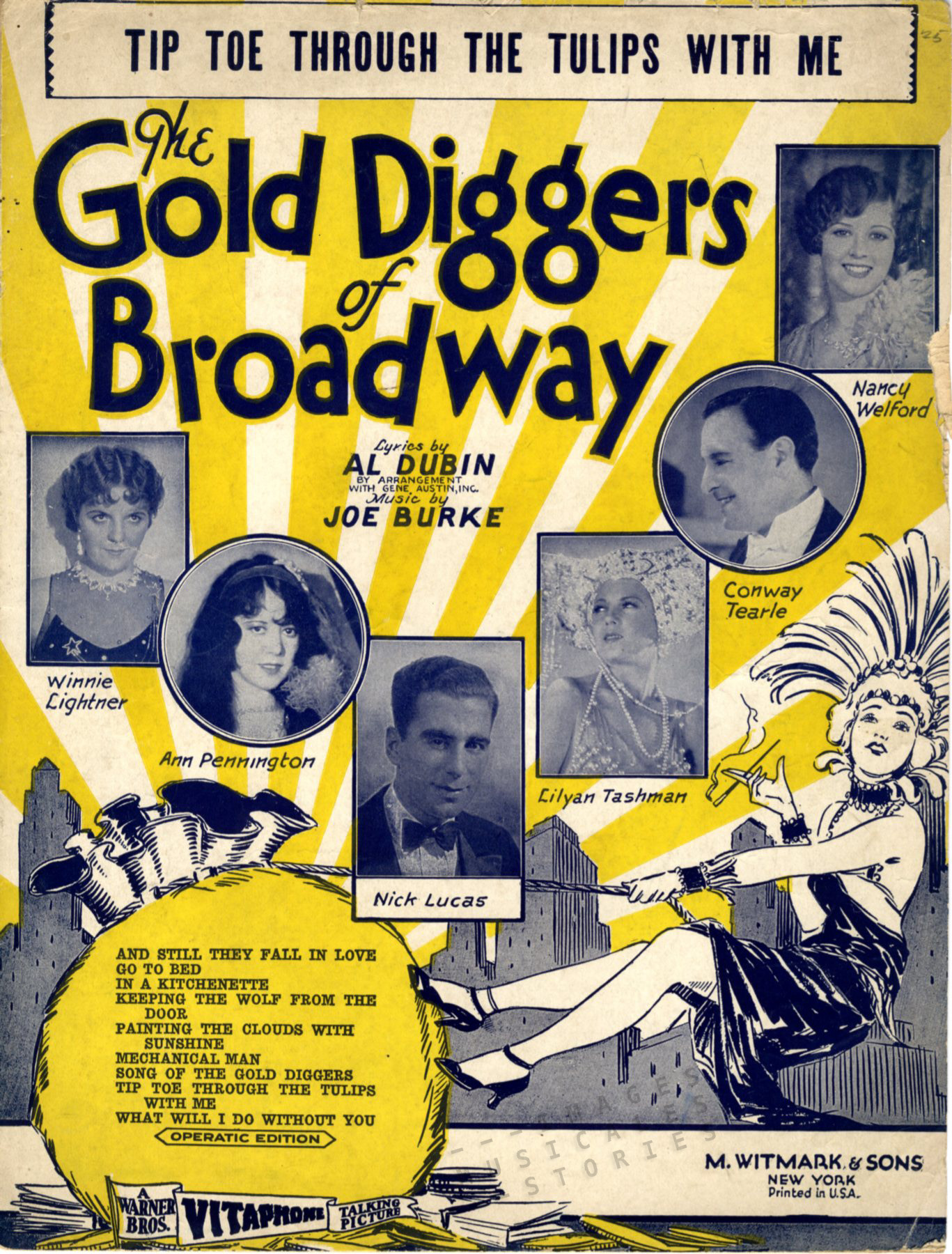
Nick Lucas a popular crooner and jazz guitar player introduced the song Tiptoe Through the Tulips in the film Gold Diggers of Broadway. Nick Lucas was the first to make guitar playing into an act. In 1922, while others were still playing ukuleles, mandolins and banjos, Lucas made the first solo jazz guitar record for Pathé.
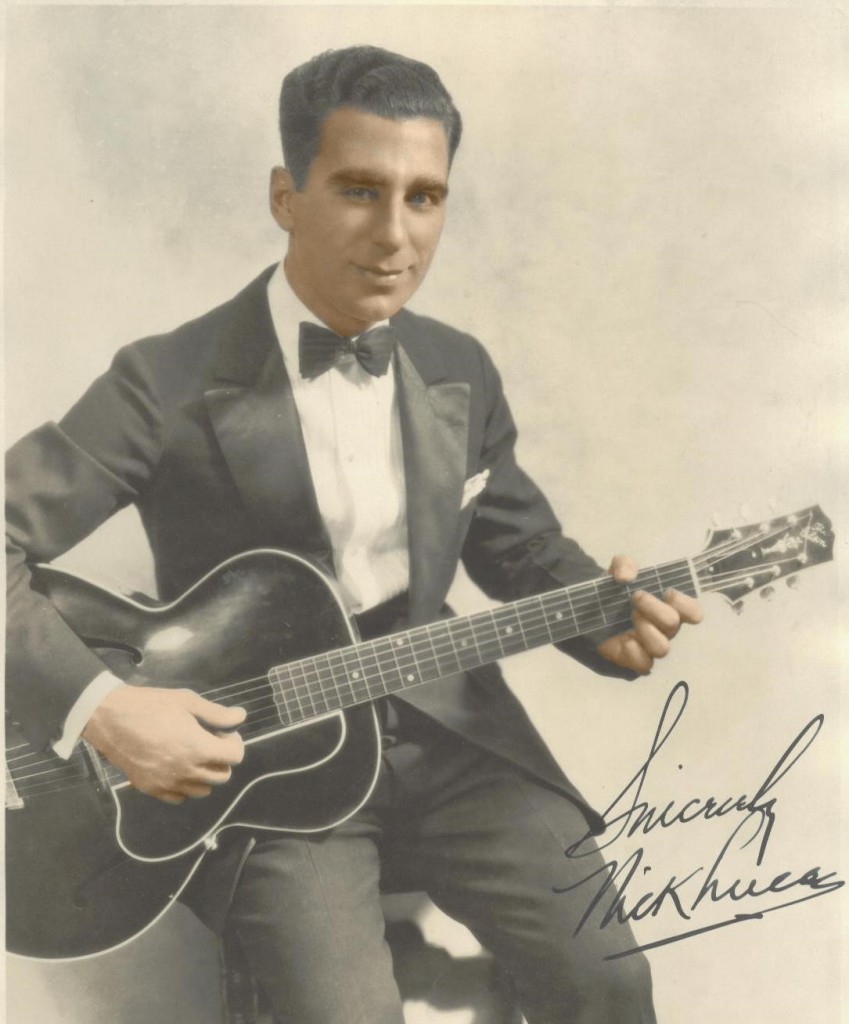
Gold Diggers of Broadway was a 1929 Warner Brothers popular musical film, a remake of the 1919 play Gold Diggers. Warner Brothers had already made a silent version of the play in 1923 but that film got completely lost. Apart from a few minutes, found in England in the late eighties and including the song Tiptoe Through the Tulips, the 1929 film remake was also lost. Luckily the entire soundtrack of the film survived on Vitaphone track. Gold Diggers of Broadway was a lavish, all-Technicolor musical. It was one of I929’s biggest hits. It was a stage-show-within-a-show to cope with the many musical numbers combined with romance and gags. The plot centers around some New York chorus girls desperately seeking a wealthy husband. The optimistic film premiered just before the big Wall Street Crash of October 1929.
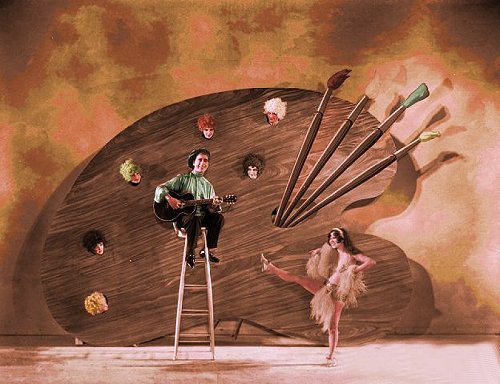
The newspaper The Daily Oklahoman used the still above to announce ‘the first all-talking, all-singing, all-dancing, and all natural color photoplay’ in Oklahoma. As if that wasn’t enough, it added: ‘with a chorus of 100 dazzling beauties!’. The joyful dancing girl from the still was also used to enliven the front of the film poster. We already published another version of the film poster, together with a Nick Lucas sheet music cover (see our ‘Cryin’ For The Carolines’ post).
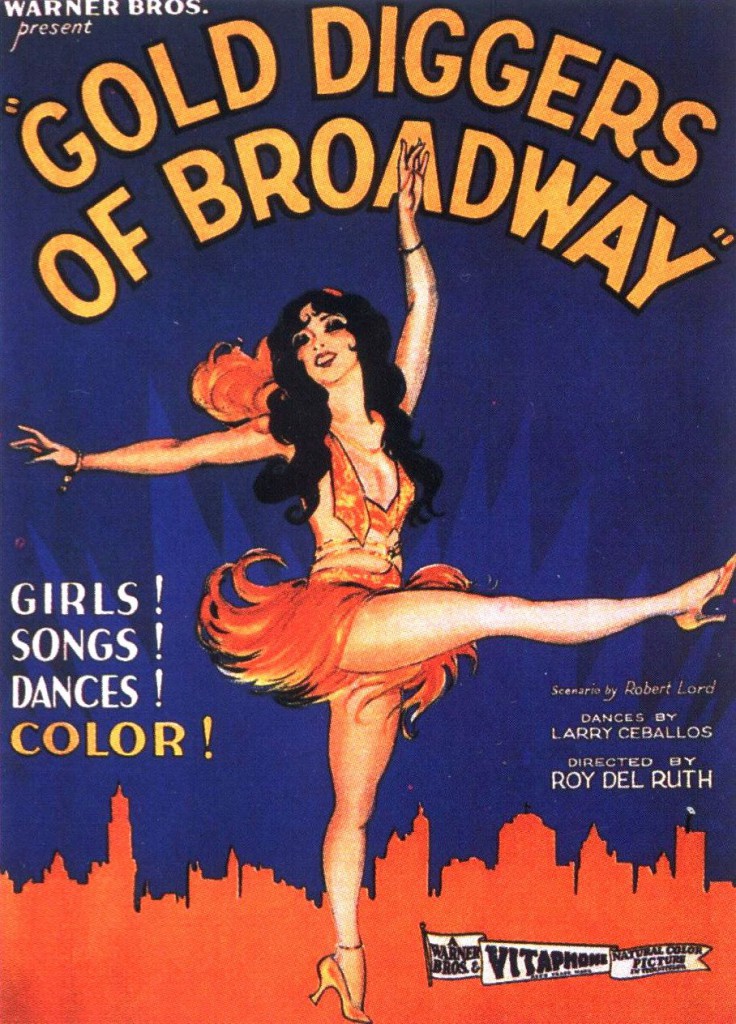 Now, listen and see Nick Lucas perform his serenade, Tiptoe Through the Tulips. Standing under a huge moon he sings with a soft, sweet, appealing voice. If you don’t have time to view the full serenade-at-the-balcony and the little tap-dance, be sure to fast-forward to minute 3 in order not to miss the magic moment of the chorus-girl appearing out of the tulips in the giant greenhouse. Tiptoe Through the Tulips was actually written for this film by Joseph Burke and Al Dubin. It was among the first recordings to sell over two million discs as did the sheet music. Nonetheless the film was no springboard to a film career for Nick Lucas.
Now, listen and see Nick Lucas perform his serenade, Tiptoe Through the Tulips. Standing under a huge moon he sings with a soft, sweet, appealing voice. If you don’t have time to view the full serenade-at-the-balcony and the little tap-dance, be sure to fast-forward to minute 3 in order not to miss the magic moment of the chorus-girl appearing out of the tulips in the giant greenhouse. Tiptoe Through the Tulips was actually written for this film by Joseph Burke and Al Dubin. It was among the first recordings to sell over two million discs as did the sheet music. Nonetheless the film was no springboard to a film career for Nick Lucas.
Forty years later, in the late 60s, Tiny Tim (1932-1996) made an infamous version of Tiptoe Through the Tulips in his typical high falsetto tenor. In 1969 when Tiny Tim married a 17-year old girl live on The Tonight Show, Nick Lucas sang Tiptoe Through the Tulips for him with an audience of 40 million television viewers.
Tiptoe Through the Tulips was also used in Warner Brothers’ very first Looney Tunes cartoon, starring Bosko in 1930. The playful instrumental version of our song starts at around 1:35. Enjoy !

